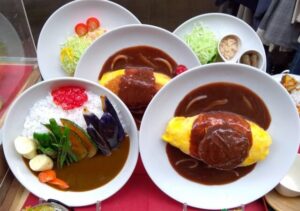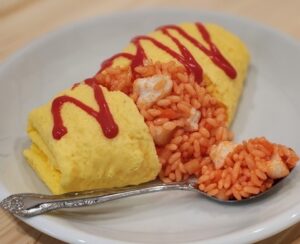How to Make Food Samples
Food samples are a part of Japanese culture.
Some people may decide where or what to eat based on the food samples displayed in front of restaurants and cafes alike.
Not only do food samples act as menus for restaurants, they are also popular as smartphone cases, stationeries, accessories, etc.
For those coming from abroad, the immaculate detail of the food samples are so eye-catching that they are often bought as souvenirs to bring back home.
They have now become a worldwide phenomenon, but do you know how these food samples are made?
Contents
- What are food samples made out of?
- How to make food samples
- The old way of making food samples with wax
- The modern way of making food samples with resin
- Summary
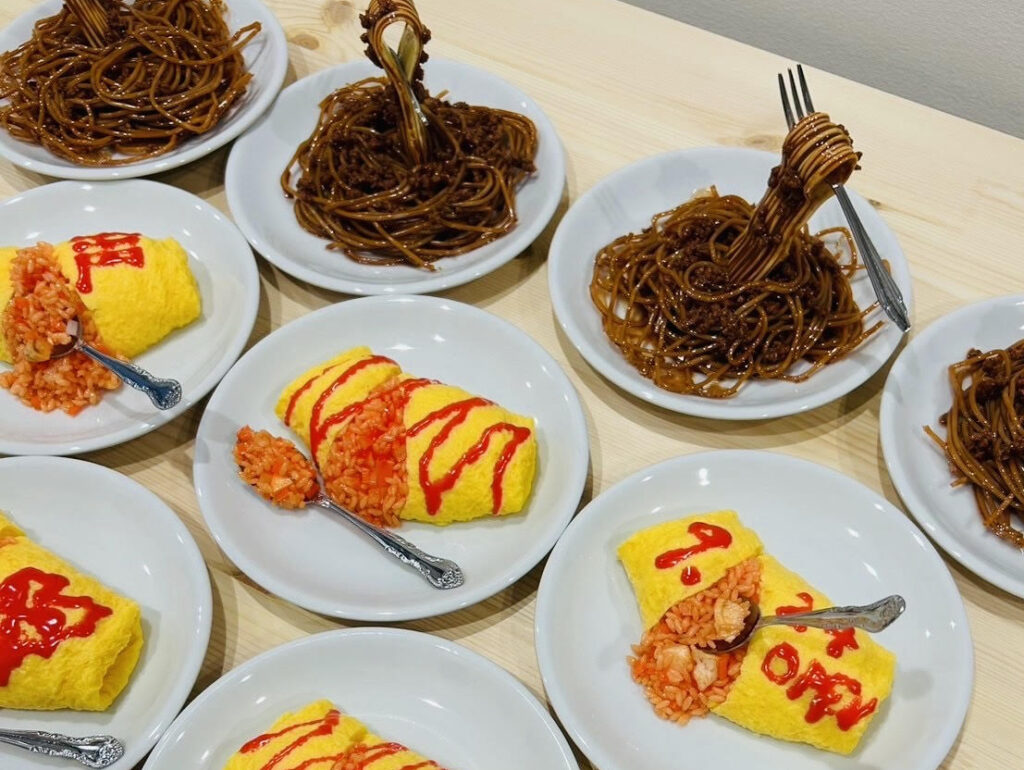
1. What are food samples made out of?
Food samples were made out of wax, back in the Showa period (1926-1989).
However, the wax food samples seemed to melt in the showcase display when placed in direct sunlight.
Nowadays, food samples are made out of synthetic resin.
They’re heat-resistant and durable, properties which makes resin perfect for making food samples.
2. How to make food samples
Food samples can be made in a myriad of ways depending on the food, but what processes are there?
We’ll be introducing the old way of making food samples with wax, and the modern way of making them with resin!
The old way of making food samples with wax
The method differs, depending on the food.
For example, tempura food samples are made by dropping wax into warm water.
The height and amount of wax used is very important!
This imitates the crispy layer of tempura.
Lettuce food samples are made using a different process.
White liquid wax is poured into warm water and stretched on the surface of the water.
Then the green wax is poured in so that the white and green parts stick together.
The white wax is pulled underwater to give it a stretch.
Then the wax is crumpled up above water to recreate the fluffy presentation of lettuce.
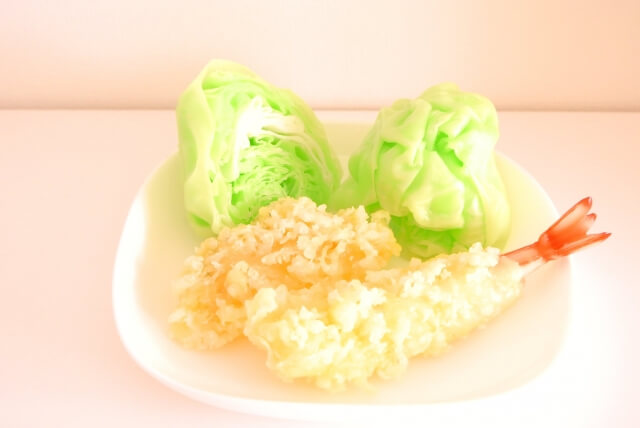
The modern way of making food samples with resin
Step 1: Mould formation
First we surround the actual food with a temporary frame and pour silicon over it to make a ‘mould’.
The important thing to keep in mind in this step is to drip the silicon little by little so the wright of the silicon does not deform the food.
By creating some ample space between the food and the temporary frame, a three-dimensional model can be created.
Once the silicon has hardened, the food is removed from the mould.
By using actual food in this process, the unique unevenness of the food surface can be replicated.
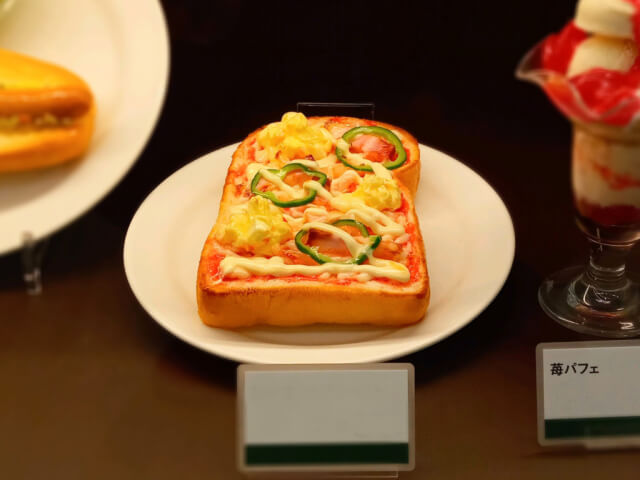
Step 2: Taking out the mould
We then pour the coloured resin into the silicon mould that we made in the previous step.
Formation of air bubbles should be avoided when pouring resin into the mould.
As for the resin colouring, because the colours change depending on temperature and humidity, the resin colours are blended differently each time to produce the same colour.
This is a work of craftsmanship.
After pouring the mixture, the resin is heated in the oven and allowed to solidify.
Once fully baked, the moulded parts are removed.
Step 3: Colouring
We then carefully colour the sample using airbrushes by observing sample photos and sketches.
For example, it is possible to add a burnt and toasted texture to sandwiches to give it a crispy and delicious looking appearance.
This requires the work of an artisan.
Step 4: Arrangement of food samples
Using sketches and sample photos as reference, the layout of the food samples will be determined.
Once this layout has been decided, we fix them with glue.
Finally, by applying a glossy finish, the food sample is finally done.
3. Summary
How was it?
Food samples can be found everywhere in Japan, but only a few of us know much about how they are made.
If you come to our Food Sample Making Cafe, you can try your hand at making food samples!
Feel free to stop by.
What are we?
We run Food Sample Making Cafe at Asakusa, Tokyo in Japan.
Here you can immerse yourself in Japanese culture through experiencing food sample making.
We will carefully teach you how to make authentic, professional-grade food samples, so everyone from adults to children can enjoy it!
Your food sample will be completed in about an hour, and you can take it home right away.
The cafe is an indoor interactive zone, so it is recommended for sightseeing on rainy or hot/cold days.
If you want to try making food samples of your own, why not join us?
Reservations can be made here.
Unauthorized copying and replication of the contents of this site, text and images are strictly prohibited.

